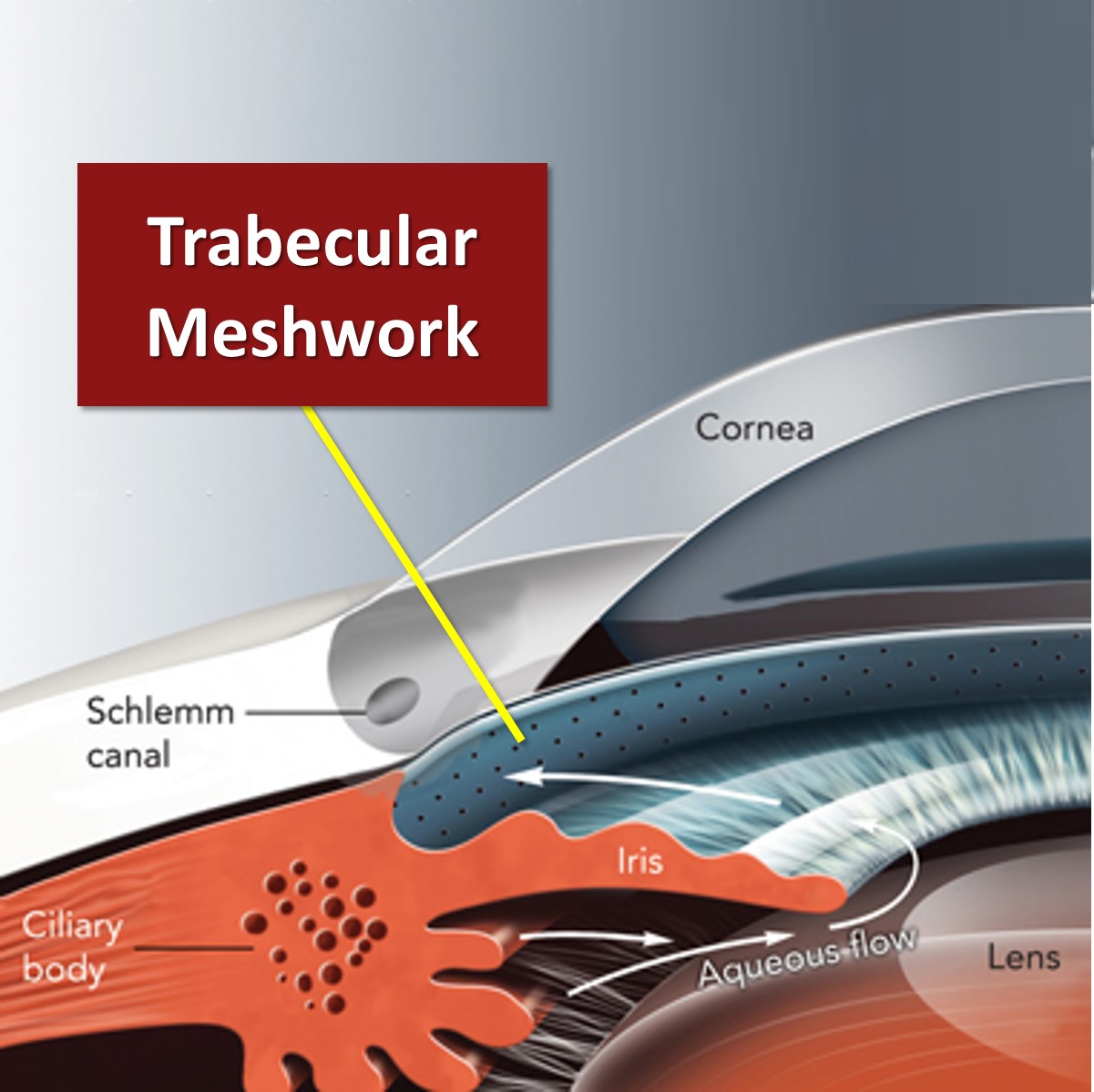
Trabecular Meshwork Cells are endothelial-like cells in a sponge-like connective tissue located near the front of the eye and are responsible for regualting eye pressure by controlling drainage of fluid into tubes that flow into the bloodstream. Damage and dysfunction of TM have clinical significance. For instance, hypoxia increases DNA methylation, accompanied by altered gene expression, whereas during the normal aging process, TM number decreases, and senescent cells accumulate. In Glaucoma, a leading cause of irreversible blindness, decreased fluid outflow causes an elevation of intraocular pressure and progressive loss of retinal ganglion cells. Physical changes to the TM include increased fibrosis, fibronectin accumulation, and expression of ECM cross-linking enzymes.
Choose your Trabecular Meshwork Cells listed below or contact us for custom human or animal ocular cell types for your research projects or applications:
